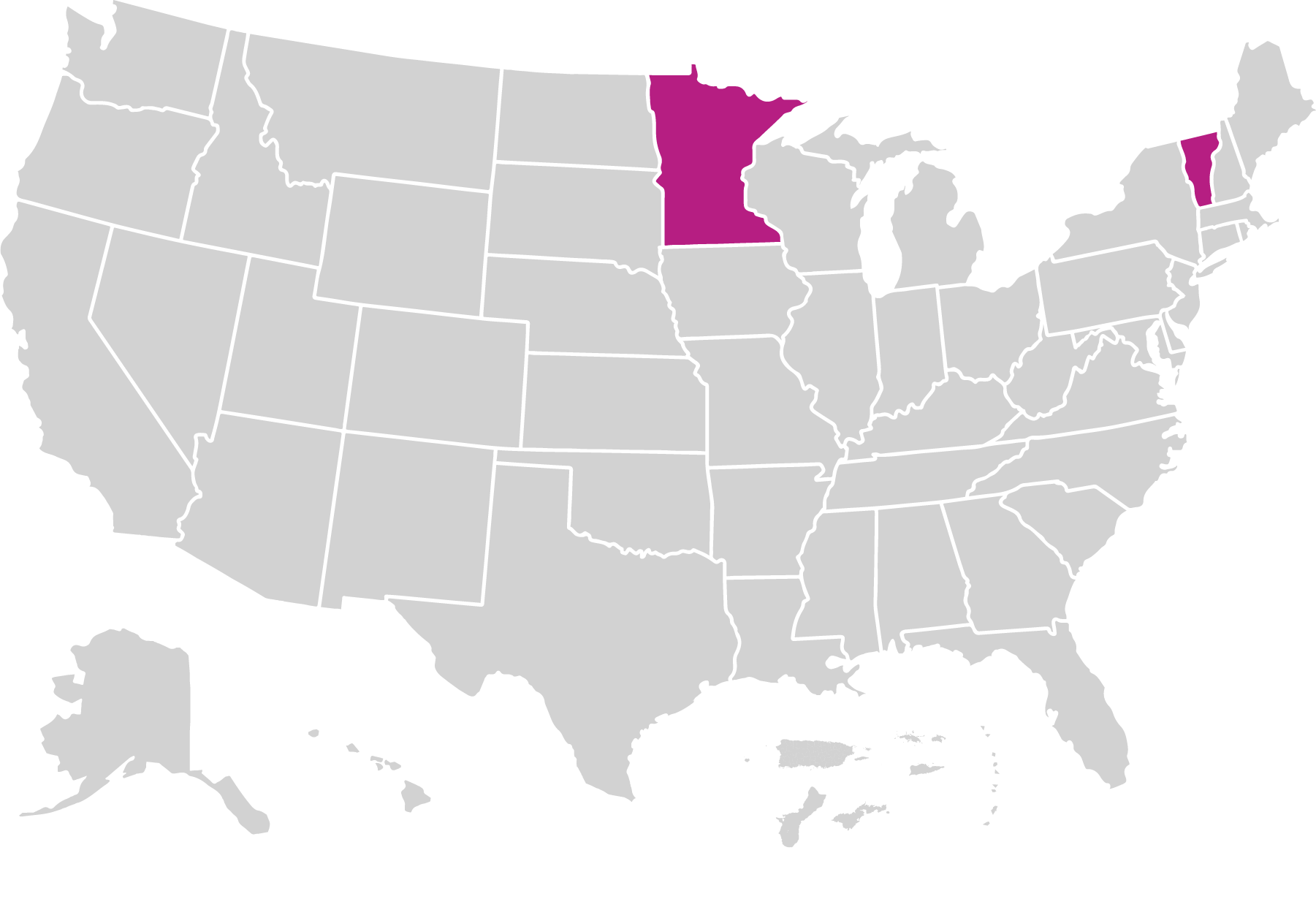Maternal Early Childhood Sustained Home-Visiting
Maternal Early Childhood Sustained Home-Visiting (MECSH) aims to improve the health, development, and social well-being of families with new babies in need of additional sustained support. The model supports positive transitions to parenting, positive parenting skills, future-oriented and aspirational thinking, problem-solving skills, the ability to mobilize resources, and healthy relationships.
What is the model’s approach to providing home visiting services?
Home visits take place based on the child’s age. Families may receive three prenatal visits. After the child’s birth, families receive visits weekly until the child is 6 weeks old, every 2 weeks until the child is 12 weeks old, every 3 weeks until the child is 6 months old, every 6 weeks until the child is 12 months old, and every 2 months until the child is 2 years old. MECSH recommends families initiate services prenatally, but allows for families to enroll until the child is 2 months old.
MECSH’s service population includes the following:
- Expectant caregivers
- Families with low incomes
- Caregivers who are unmarried or single
- Caregivers with limited access to education
- Families with a history of substance use or in need of treatment
- Families with a history of child abuse or neglect/involvement with child welfare system
- Families with mental health concerns, including maternal depression and anxiety
Who is implementing the model?
Home Visitors
MECSH was implemented by 101 home visitors in 2020. The model requires a bachelor’s degree in nursing for home visitors. Home visitors are required to maintain a caseload of 20 to 30 families.
Supervisors
MECSH was implemented by 24 supervisors in 2020. The model requires a bachelor’s degree in nursing for supervisors.
Where is the model implemented?
MECSH operated in 14 local agencies across 2 states in 2020. MECSH also operated outside the United States and its territories in Australia, South Korea, and the United Kingdom in 2020.

Families Served Through Evidence-Based Home Visiting in 2020
Race
* American Indian/Alaska Native
2% Asian
4% Black
* Native Hawaiian/Pacific Islander
89% White
2% Multiple
Caregiver age
27% ≤21 years
50% 22-29 years
23% 30-44 years
<1% ≥45 years
Caregiver education
20% No HS diploma
38% HS diploma or GED
33% Some college or training
9% Bachelor's degree or higher
Ethnicity
6% Hispanic or Latino
Household income
76% Low-income status
Primary language
95% English
2% Spanish
3% Another language
Child insurance status
93% Public
5% Private
3% None
Child age
52% <1 year
48% 1-2 years
0% 3-5 years
